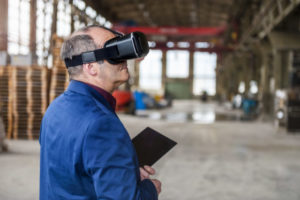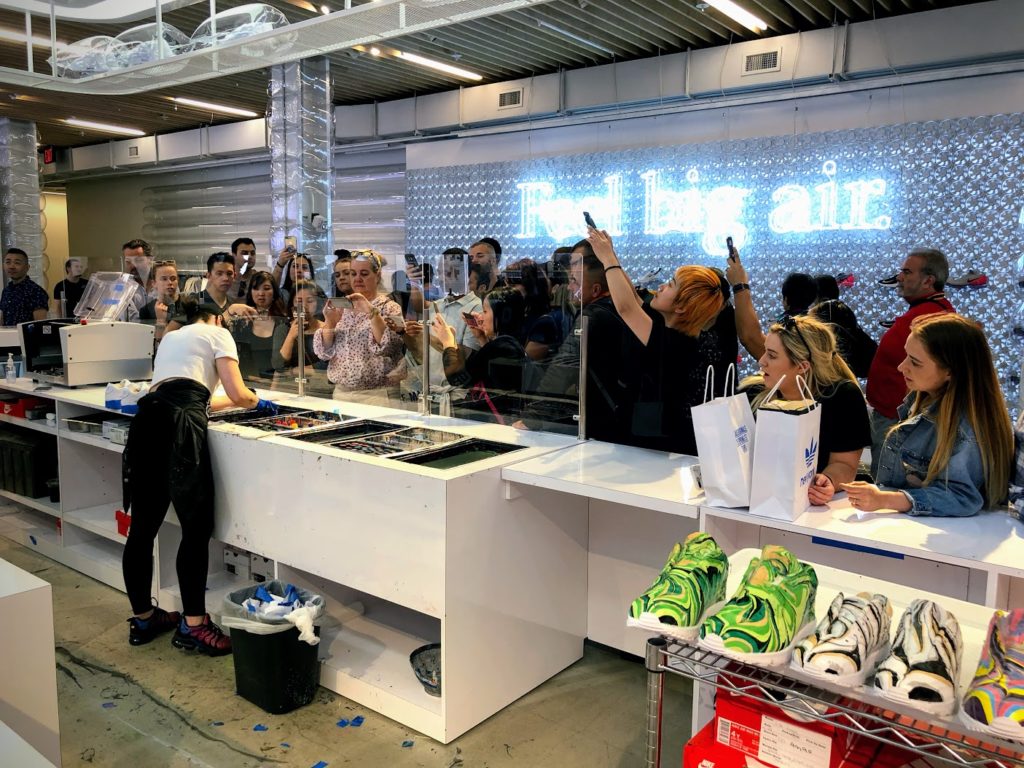Next-day delivery service giants, agile market entrants, and disruptive technologies are changing the way people buy, shop, and live in unprecedented ways. In this rapidly evolving marketplace, retail, food, and consumer products companies need to get creative and find new ways of doing business to stand out from the competition and maintain their market share.
Q&A with the Thought Leader Behind Globally Iconic Brand Victoria’s Secret
 Former president and CEO of Victoria’s Secret, Sharen Jester Turney, shares insights through her journey with the company’s digital transformation and what that meant in terms of customer experience.
Former president and CEO of Victoria’s Secret, Sharen Jester Turney, shares insights through her journey with the company’s digital transformation and what that meant in terms of customer experience.
Eventful Conferences recently had the opportunity to sit down with the former president and CEO of Victoria’s Secret, Sharen Jester Turney. Sharen talked to us about her experience leading the charge through the company’s digital transformation, read the full in-depth interview by filling out the form below.
Overcoming the Execution Gap in Retail’s New Normal

Retailers are currently facing an unprecedented renaissance, with winners and losers being redefined on a near-daily basis. In the last year, we have seen:
– HelloFresh, Blue Apron, and Gousto strike gold in underserved categories
– Amazon and Whole Foods marry the digital and physical world of commerce
– Nike establish itself as the paragon of disrupting traditional segment roles
– J.C. Penney and Sephora re-innovate the value of expanded store partnerships
While these stories are markedly different from one another, there are a few common elements in each:
Transform Wholesale Distribution With Augmented Reality

Augmented reality can enrich a technology experience while reducing costs, improving ROI, and creating more productive, efficient employees. These are all critical components of the wholesale distribution industry. Augmented reality has the unique ability to allow users to view digital data in real time, providing near-instant access to the answers that a person or company needs. Let’s review how augmented reality has created a significant impact on wholesale distributors that have already implemented this growing and improving technology.
How To Build Better Customer Loyalty with Authenticity
 Successful customer loyalty programs can seem like an impossible dream for a retailer, but their potential for repeat business makes them well worth pursuing — if done properly. Store credit cards, for example, might appear to be a good place to start, as 40 percent of shoppers who have one indicate that they’re more likely to return.
Successful customer loyalty programs can seem like an impossible dream for a retailer, but their potential for repeat business makes them well worth pursuing — if done properly. Store credit cards, for example, might appear to be a good place to start, as 40 percent of shoppers who have one indicate that they’re more likely to return.
Branded store credit cards can be a good way for retailers to encourage repeat business, but they’re not be ideal for earning customer loyalty.
The 3 Big Forces Shaping the Customer Experience
 Companies in retail, consumer products, and wholesale distribution industries are going through truly significant change, in part driven by consumers using smartphones to browse, purchase, and share their opinions, and in part driven by companies such as Amazon, that harnessed technology to drive new industry dynamics. Companies are responding as they adapt to this mobile-first, omnichannel world, and traditional industry lines are blurring. Retailers are increasingly selling their own branded products, and consumer products companies are increasingly going direct to consumer.
Companies in retail, consumer products, and wholesale distribution industries are going through truly significant change, in part driven by consumers using smartphones to browse, purchase, and share their opinions, and in part driven by companies such as Amazon, that harnessed technology to drive new industry dynamics. Companies are responding as they adapt to this mobile-first, omnichannel world, and traditional industry lines are blurring. Retailers are increasingly selling their own branded products, and consumer products companies are increasingly going direct to consumer.
How Retailers Market To Consumers Using “In-Moments”

The attention span of today’s consumer is famously fleeting and difficult to capture. Consumers have little time or patience for digital banner ads or 30-second commercials. Rather than using advertising to interrupt consumers, companies are turning to “in-moments” to target consumers when they are ready to take action.
In-moment marketing is proving to be a gold mine for retailers. Marketing is all about delivering the right message to the right person at the right moment. In-moment marketing does just this: delivering critical information at the exact moment a consumer is poised to make a spending decision.
Key Capabilities for Success: Orchestrating Consumer Outcomes
 As companies become more consumer-centric, they are investing in new and creative consumer engagement methods. In this article, I’ll explore how consumer goods companies are redefining business models based on direct consumer interaction in favor of holistic engagement that will foster ongoing, meaningful relationships.
As companies become more consumer-centric, they are investing in new and creative consumer engagement methods. In this article, I’ll explore how consumer goods companies are redefining business models based on direct consumer interaction in favor of holistic engagement that will foster ongoing, meaningful relationships.




